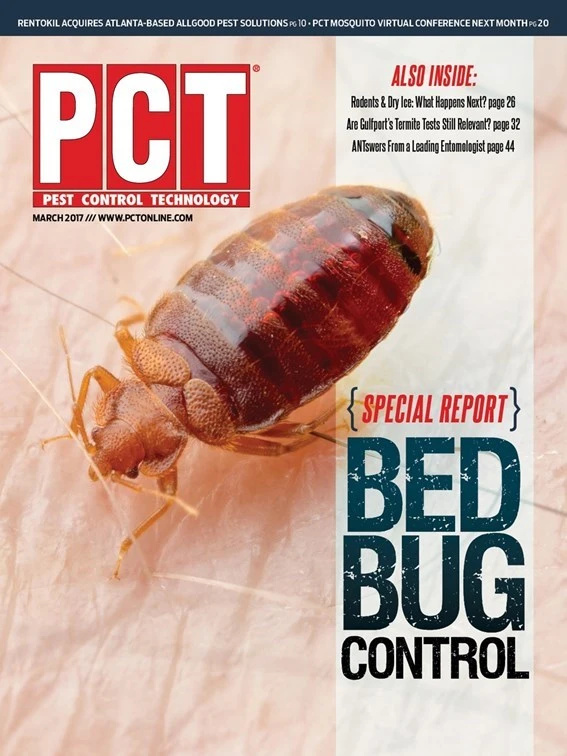
Through a curriculum appropriately titled “Bed Bugs and Book Bags,” students worldwide are learning how to identify bed bugs, where they hide and much more. The program teaches students how to prevent the insects, and a new University of Florida Institute of Food and Agricultural Sciences study shows the hands-on learning experience works.
The project started in 2012 in Duval (Fla.) County Public Schools and teaches the public how to know if an insect is indeed a bed bug and then how to deal with it. As measured by students’ increased knowledge of bed bugs, the curriculum has succeeded in the United States, Canada, Israel and Saudi Arabia, the study shows.
“Within the past few years, bed bug infestations have dramatically increased and have created major concern for society and for pest management professionals,” said Roberto Pereira, a UF/IFAS associate research scientist in entomology and a lead author of the study. “They are thought to be the most difficult and expensive insect pests to control in the United States. By being aware of signs of infestation in our daily activities, we all can play our part to prevent spreading these pests.”
Because bed bugs are not easily detected, they can travel from infested homes to school in a child’s belongings, such as a book bag, and eventually affect other children, teachers and staff. Then schools sometimes compound the problem by spraying insecticides, which is only part of the solution. Thus, among many concepts, the course materials show how to identify bed bugs so that a few do not turn into an infestation.

When the bed bug courses were first taught in 2012, almost everyone who took it learned more about bed bugs through the lesson plans, according to the study. In the schools, teachers taught the curriculum to third-, fourth- and fifth-graders. The study found that fifth-graders learned the most — one-third more knowledge — of any set of students.
Teachers and others also taught the course to adults in the community. Almost everyone who took the course learned more about Integrated Pest Management, the study reported. In fact, every group that was tested after taking the course knew more about bed bug biology and the medical significance of bed bugs than they had before taking the course, the study showed.
Source: Brad Buck, University of Florida

Explore the March 2017 Issue
Check out more from this issue and find your next story to read.
Latest from Pest Control Technology
- Massey Services Ed Dougherty Announces Retirement
- Cook's Pest Control Brandon Martin Uses First Responder Training to Save Customer's Life
- VPMA Board Member RJ Mitchell Publishes Children's Book
- NPMA Shares Resources for National Pest Management Month
- Fieldster Launches New Next-Generation Mobile App
- Coalmarch Announces Transition to Private Ownership
- Termatrac Introduces iTraker Pro
- All-American Pest Control Celebrates Employees at Annual Awards Ceremony







